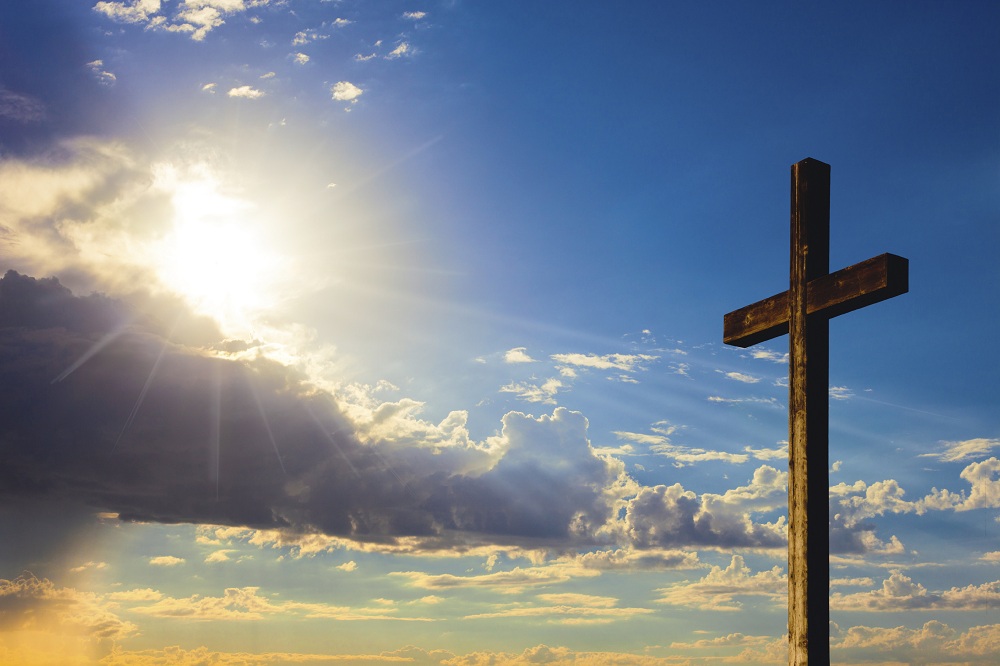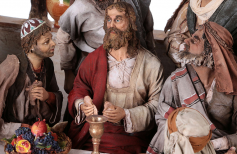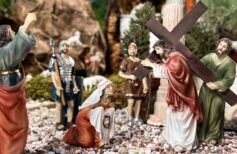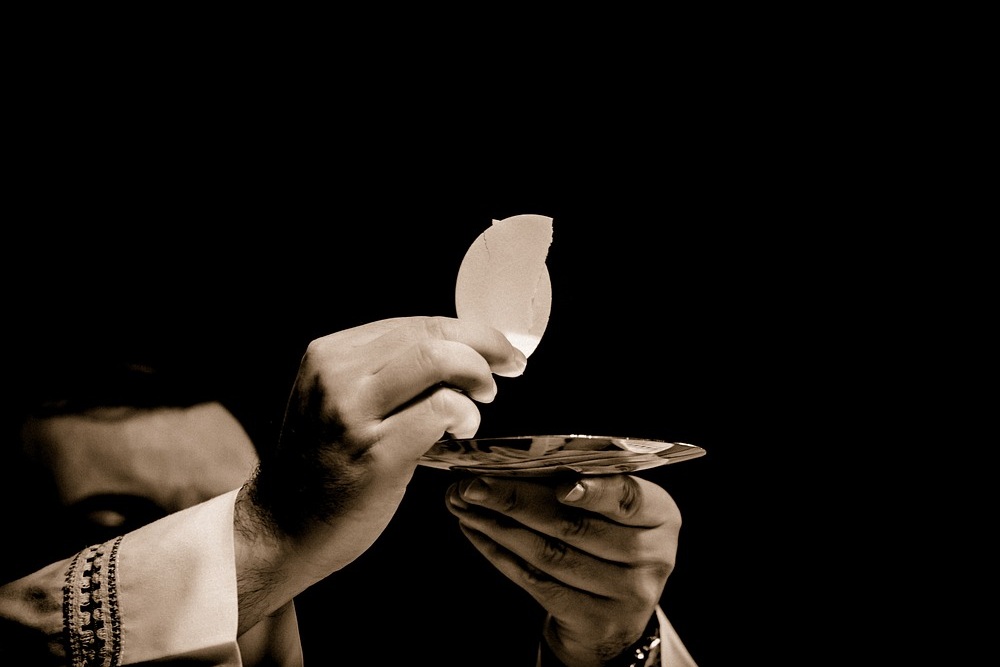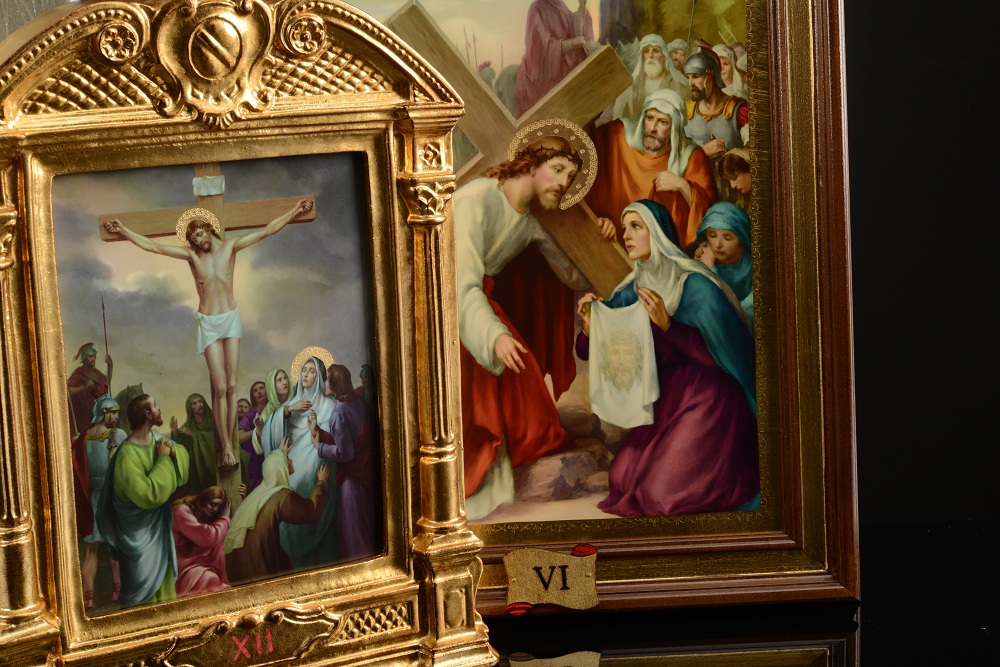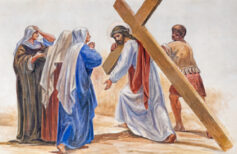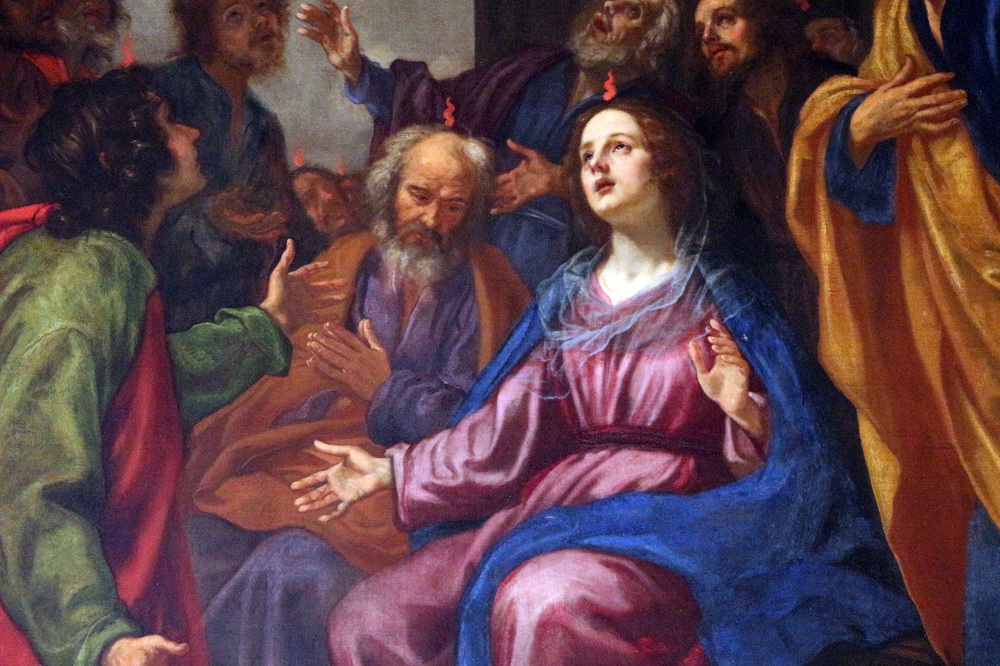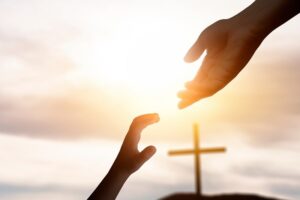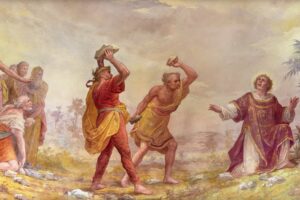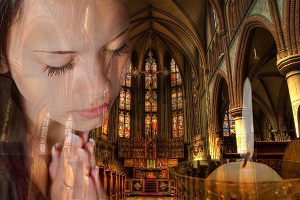Easter is the most important celebration for Catholics. For this reason, it has been pictured by artists in every conceivable declination for the past centuries. Let’s discover together some Easter masterpieces in art.
Contents
- 1 The Last Supper by Leonardo da Vinci and The Last Supper by Giotto
- 2 The Crucifixion by Giotto
- 3 The Entombment of Christ by Caravaggio
- 4 The Lamentation over the dead Christ by Mantegna
- 5 The Pietà by Michelangelo and the Lamentation of Christ by Giotto
- 6 The Resurrection seen by Tiziano, Raffaello and Rubens
Following in the footsteps of Easter artworks could be another way to prepare to such a unique and precious holiday for all the faithful. It allows to relive the last days of the mortal life of Jesus: its relentless and painful path towards the final sacrifice, the Last Supper, the meditation in the Garden of Olives, the Passion, up to its Death on the Cross and its Resurrection. Every act of this tragedy deserves to be contemplated: it offers food for thoughts and spiritual growth. It has always been like this and the recurrent presence of Eastern related artwork serves as a demonstration of it. We could affirm that the whole history of Western art is summarized in a series of milestones frequently related to Easter. Of course, we are not talking only of “famous” artworks. Among the pieces of art that we could consider as immortal we must place The Pietà by Michelangelo, which represents the moment where the body of Christ is laid down from the Cross and entrusted to the loving and sore hug of Its mother Mary. Moreover, we could mention The Last Supper, by Leonardo Da Vinci, that we mentioned among the 5 sacred images that should not be missing in your house. On the other hand, there is also a rich tradition bounded to art and popular devotions. Let’s think of the Easter Creches, that revisit the last days of the life and death of Jesus, relating to the Via Crucis tradition and to the holy representations of the 14th century. The ultimate objective of these shapes of folk art is always the same: explain through images the episodes of the life of Jesus’ or Mary’s life to those who did not know Latin, thus spreading spiritual messages, making them accessible to everyone.

How is Easter calculated?
Each year changes date but remains the most important holiday: in this article, you will find out how Easter is calculated in the Jewish and…
The Last Supper by Leonardo da Vinci and The Last Supper by Giotto

We already mentioned The Last Supper, that is the last meal eaten by Jesus with its apostles, to celebrate the Jewish Easter. This was also the occasion where Jesus established the Eucharist, breaking the bread and offering wine as Its body and blood to His fellows. Numerous artists tried to represent the dramality of that particular episode during the past centuries: Jesus already knows that he will be arrested and will face never ending tortures the day after. He knows that one of His faithful fellows will betray Him, and He publicly declares it, exactly as He declares that Peter will disown Him three times. It is an announced drama, that relives in the faces and postures of the protagonists. Other than the most known Last Supper by Leonardo, Giotto figures among the artists that have pictured this episode as well. His homonymous fresco is accessible in the cycle of the “Cappella degli Scrovegni” in Padova. The subject of the Last Supper has always been much dear also to painters of sacred icons.
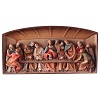
The Crucifixion by Giotto

The Cross is the main symbol for Christianity. It encloses the mystery of Salvation: the extreme sacrifice made by Our Lord to redeem the whole humanity from the Original Sin. All His sorrow, all His immeasurable love is in there. Even the subject of the Crucifixion has been recurrent in the art history since antiquity, both in paintings and sculptures. For example, we could think about Gothic art, the marvellous paintings of Cimabue, Greek and Russian icons, but also about Masaccio, Mantegna, Van Eyck up to Baroque art with Velázquez, Goya and Rembrandt. In particular, the “Ascent to Calvary”, fresco realized by Giotto between 1303 and 1305, shows all the desperation of the angels and of Our Lady, mixing the human sorrow coming from the tragic event to the heavenly one.
The Entombment of Christ by Caravaggio

The Entombment of Christ has deeply touched many artists, that have depicted the scene with multiple interpretations become legendary. It figures the moment when the body of Christ was taken from the Cross and welcomed into the caring arms of his loving ones. Let’s think about the famous sculptures by Benedetto Antelami, kept in the Cathedral of Parma, or at the paintings by Beato Angelico, Rubens and Caravaggio. This latter painted a version of the Entombment of Christ that reminds us The Pietà by Michelangelo both for the postures of some figures and the wealth of detail.
The Lamentation over the dead Christ by Mantegna

Even the iconography of the dead Christ, brought to fame by Mantegna, has left the mark on the hall of fame of sacred art. Mantegna depicts the Christ with a revolutionary perspective arousing a remarkable emotional impact. From another point of view, the Veiled Christ, kept in the Cappella di San Severo in Naples, suggests a different, more enigmatic perspective.
The Pietà by Michelangelo and the Lamentation of Christ by Giotto
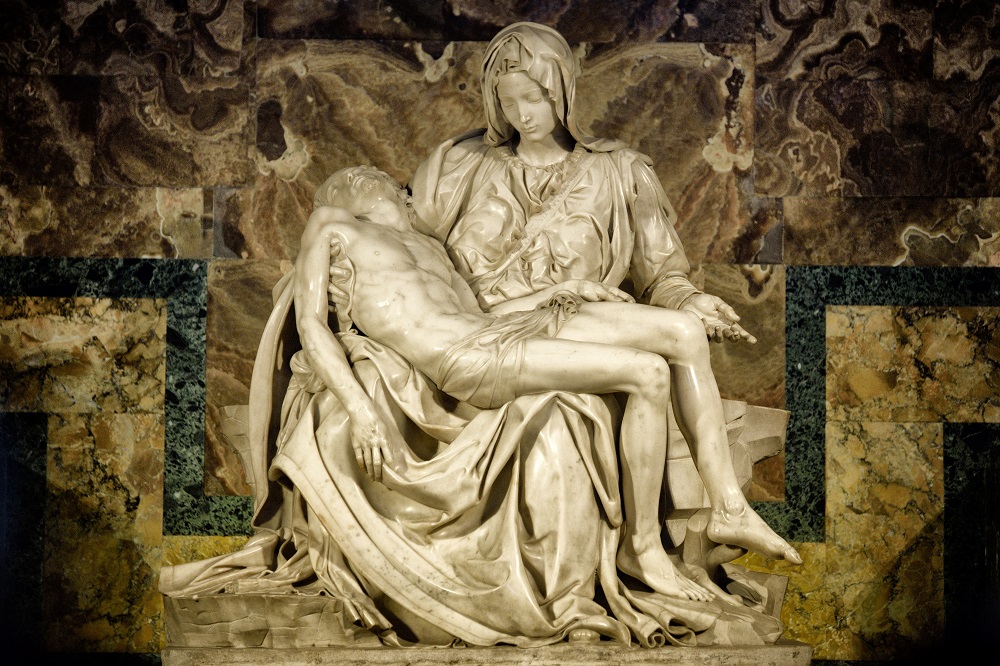
When referring to The Pietà we mean a particular refiguration of Our Lady that rocks in her arms the dead body of Christ just taken down from the cross.

The Pietà has been a devotional subject very dear to Northern European art since the Middle Ages. It has known its consecration with Michelangelo, that has transformed the rigidity of figures and the severity of Nordic faces in a masterpiece of Renaissance sweetness and beauty. Its Vatican Pietà is one of the most famous artworks of all times. In addition to Michelangelo, Giotto was also able to convey the poignant and awfully human drama of Mary leaned over his son’s body.
The Resurrection seen by Tiziano, Raffaello and Rubens

The Resurrection is the moment of the triumph of Jesus. It is the fulfilment of His mission, His victory over darkness and death that frees humans from the Sin and opens the door of Heaven to the New Covenant. Masters such as Tiziano, Raffaello, Rubens have realized masterpieces inspired to the resurrected Christ. Each of them instilled their personal deep emotions and a senseless spiritual concern.


